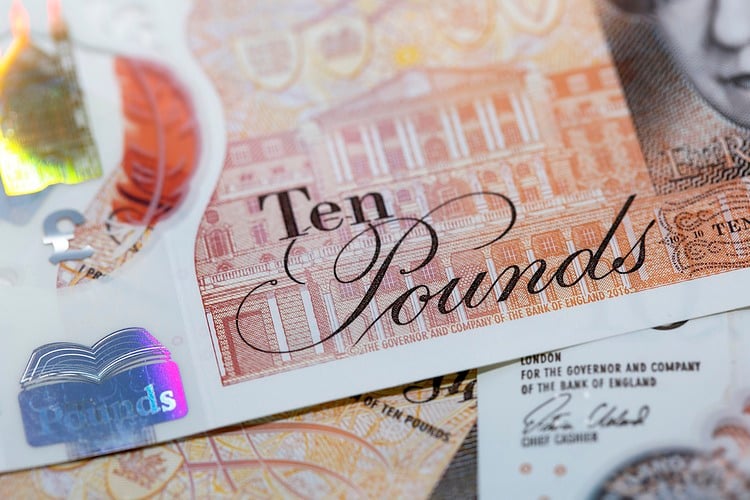
- GBP/JPY corrects from a fresh multi-year peak and is pressured by reviving demand for the JPY.
- The yield on the benchmark 10-year JGB climbs to a nine-year high and lends support to the JPY.
- The divergent BoJ-BoE monetary policy stance warrants caution for aggressive bearish traders.
The GBP/JPY cross attracts some intraday selling after touching its highest level since November 2015 this Tuesday and remains depressed through the early European session. Spot prices currently trade around the 186.30 region, down just over 0.10% for the day, though any meaningful corrective decline still seems elusive.
Against the backdrop of upward pressure in the global interest rates, the yield on the 10-year Japanese government bond (JGB) touches a new nine-year top on Tuesday and drives flows towards the Japanese Yen (JPY). Apart from this, speculations that the recent weakness in the domestic currency might prompt some jawboning from authorities, or an intervention in the foreign exchange markets, further underpins the JPY and act as a headwind for the GBP/JPY cross.
It is worth recalling that Japan’s top forex diplomat Masato Kanda said last week that he would take appropriate steps against excessive currency moves. Furthermore, a smaller rate by the People’s Bank of China (PBoC) on Monday signalled limited policy support for the economy and did little to ease worries about a deepening crisis in China’s property sector. This, in turn, benefits the JPY’s safe-haven status and contributes to the GBP/JPY pair’s pullback of over 50 pips.
That said, the Bank of Japan’s (BoJ) dovish outlook might keep a lid on any meaningful gains for the JPY. In fact, the BoJ is the only central bank in the world to maintain a negative benchmark interest rate. Moreover, policymakers have emphasised that a sustainable pay hike is a prerequisite to consider dismantling the massive monetary stimulus. This marks a big divergence in comparison to the Bank of England (BoE), which lifted its benchmark rate to a 15-year peak in August.
Moreover, the current market pricing indicates a more than 80% chance of a 25 bps lift-off at the next BoE policy meeting in September. The bets were lifted by the fact that wages in the UK touched a new record growth rate in the second quarter, which adds to worries about long-term inflation even after 14 consecutive rate hikes. Adding to this, the upbeat UK GDP report and slightly higher UK CPI print also support prospects for further policy tightening by the BoE.
The aforementioned fundamental backdrop suggests that the path of least resistance for the GBP/JPY cross is to the upside. Hence, any subsequent slide might still be seen as a buying opportunity and is more likely to remain limited in the absence of any relevant market-moving economic data on Tuesday. Traders might also prefer to wait on the sidelines ahead of the flash PMI prints on Wednesday and the crucial Jackson Hole Symposium later this week.